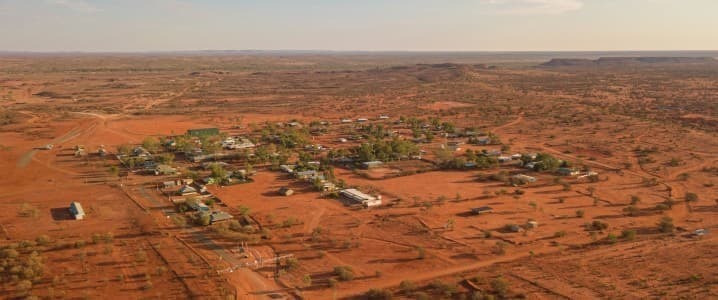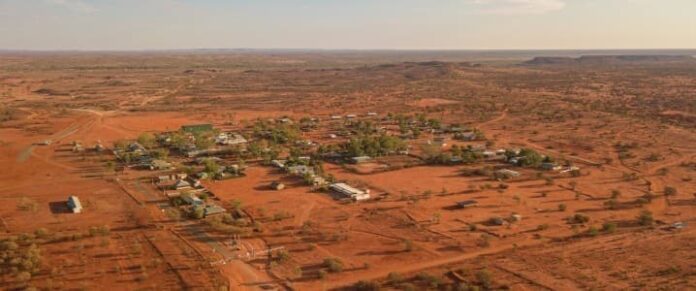
Western Australia is set to become a global leader in iron ore supply, thanks to its abundant reserves and a new discovery of a deposit estimated at 55 billion tons. To put this into perspective, global iron ore production has been hovering around 2.5-2.6 billion tons annually in recent years, according to the USGS. This means that the newly discovered deposit in Western Australia could supply the world’s iron ore needs for the next 22 years.
The newly identified reserves in the Hamersley region are valued at approximately $6 trillion and are causing significant ripples in the global market. Experts predict a new wave of investment from major steel-producing nations, ensuring access to this strategic resource.
This is excellent news for Western Australia, promising a wave of infrastructure expansion, including mining, transportation systems, and port upgrades. Notably, the ore in this region has an iron content of over 60%, making it highly suitable for industrial purposes.
As the world’s largest steel producer, China currently imports more than 65% of its iron ore from Australia. With this new discovery, analysts anticipate more stable iron ore prices in the long run and a reduced reliance on smaller suppliers for China.
The significant discoveries and large-scale investments are expected to shift the global supply chain. Many countries seeking to diversify their supply sources may turn to Australia, reducing their dependence on Brazil or African nations. Increased exports from Western Australia could also put downward pressure on global iron ore prices, benefiting industries such as construction and automotive, while solidifying Australia’s leadership in mining.
According to MetalMiner, iron ore has long been a pillar of Australia’s economy. Since 2005, the country’s revenue from this commodity has skyrocketed from $5.2 billion to $80.7 billion. However, with the rise of green industrial trends, Australia faces the challenge of upgrading its extraction and refining processes to meet the growing demand for high-quality, environmentally friendly ore.
Despite a tense period when China froze economic dialogue with Australia due to strengthening ties between Canberra and Western nations, especially the US, Beijing could not forgo Australian iron ore. Brazil, the second-largest supplier, accounts for about 18% of China’s imports.
In the long term, China aims for self-sufficiency in supply by tapping into domestic mines. Still, the reality is that the quality of domestic ore falls short of Australian ore. Thus, the dependence on Australian iron ore, both in terms of quantity and quality, will remain a pivotal factor in China’s industrial strategy for the foreseeable future.



![[Photo Essay]: Experts, Managers, and Businesses Unite to Forge a Path Towards Sustainable Green Industry](https://xe.today/wp-content/uploads/2025/07/z678592918-218x150.jpg)












